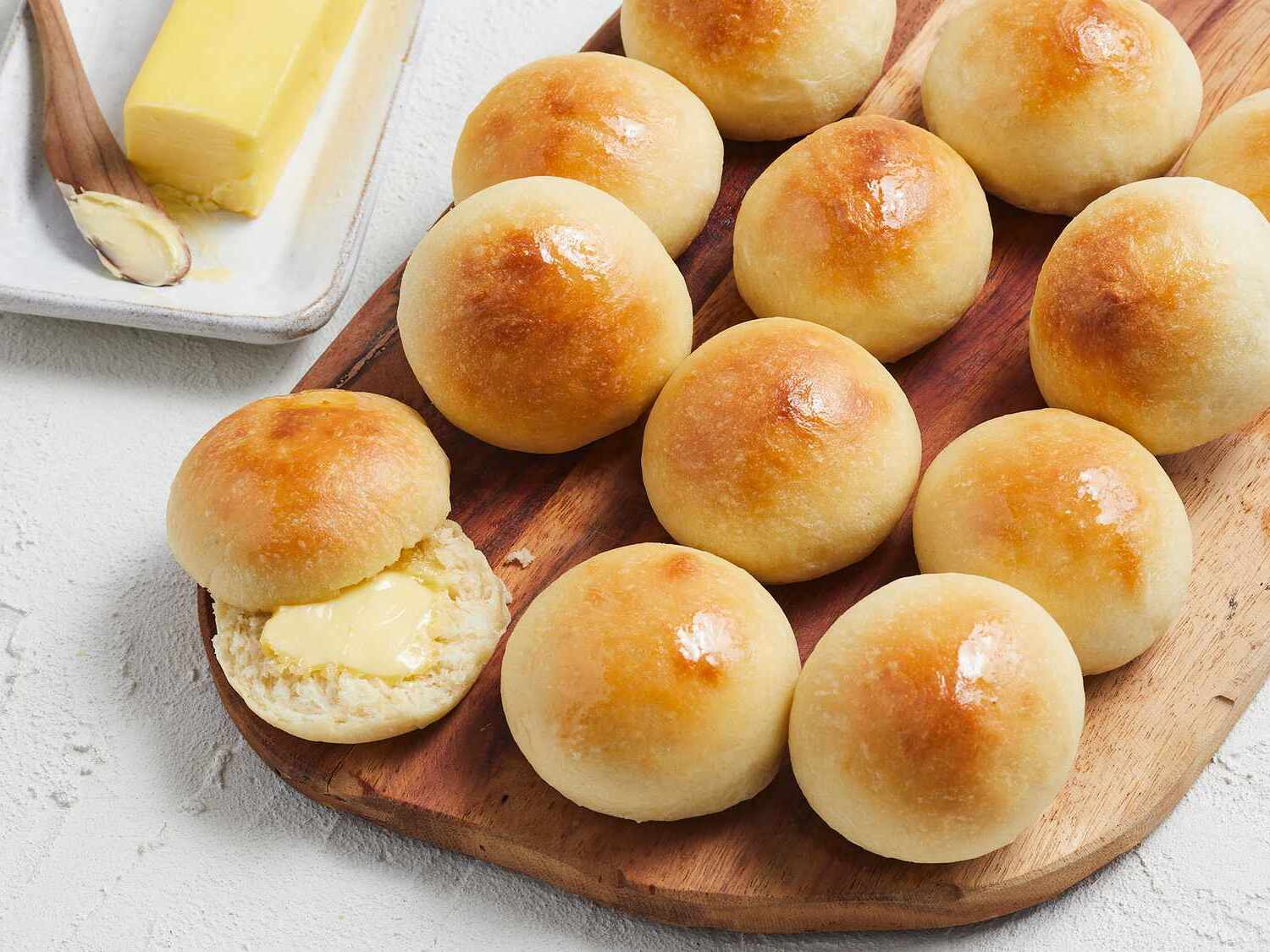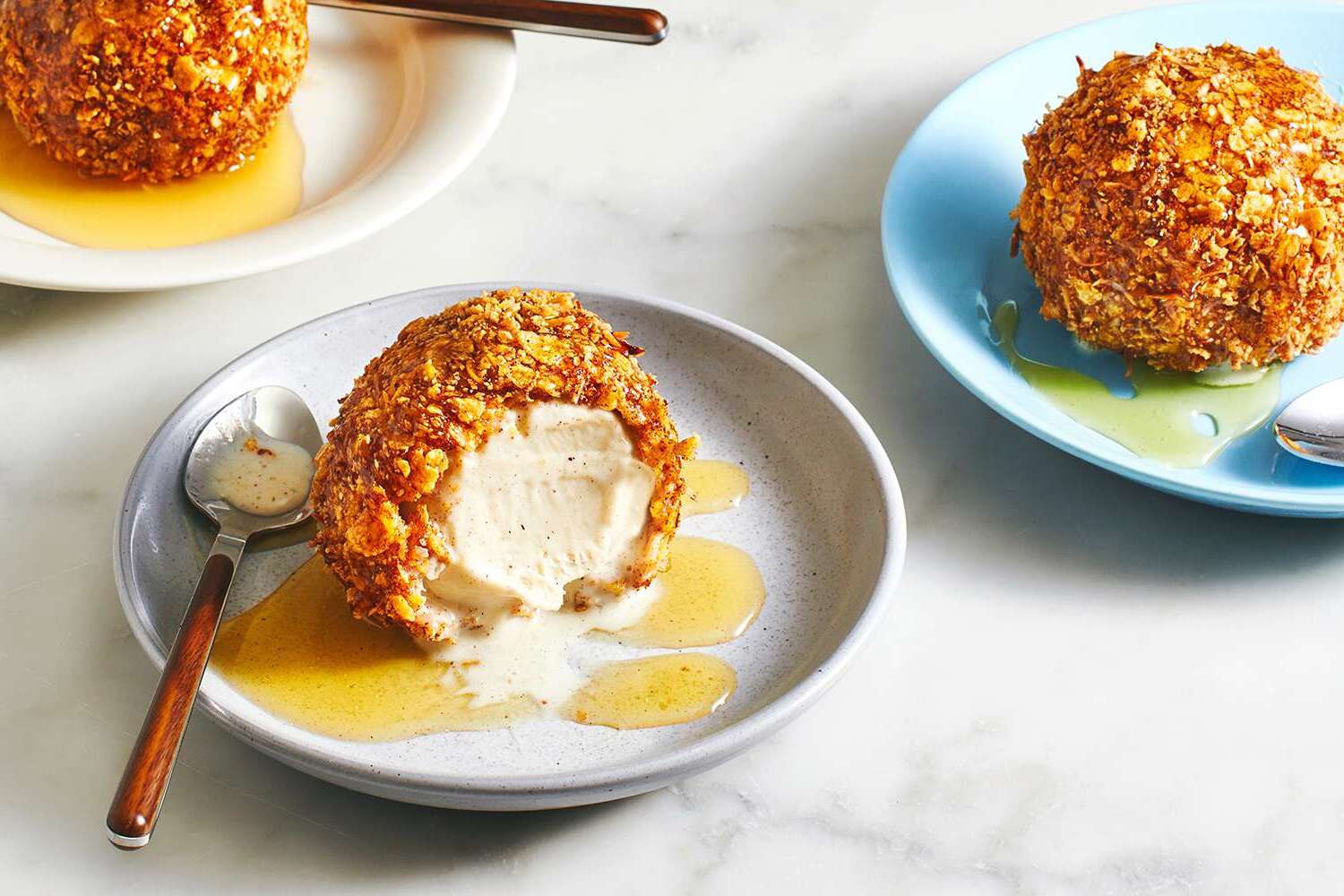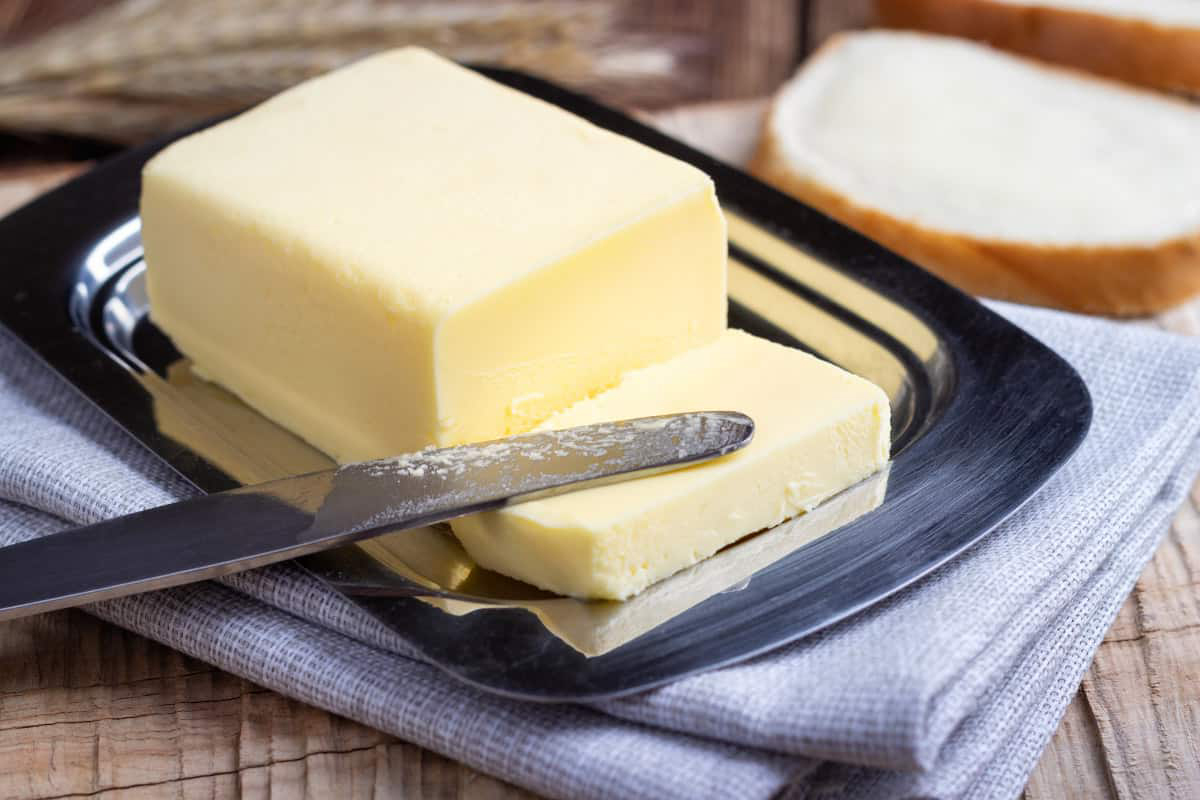Understanding Soft Butter: A Guide for Food Enthusiasts
Butter is a staple ingredient in many kitchens around the world. Whether you’re using it to bake delicious treats or to spread on your morning toast, butter is a versatile and essential component of countless recipes. However, when it comes to using butter in your cooking and baking, you may have come across the term “soft butter.” So, what exactly is soft butter, and how does it differ from regular butter?
What Is Soft Butter?
Soft butter refers to butter that has been brought to room temperature, making it easy to spread and incorporate into recipes. When butter is at room temperature, it becomes soft and pliable, which is ideal for tasks such as creaming with sugar in baking or spreading on bread. Soft butter is a crucial ingredient in many recipes, as it blends more easily with other ingredients, ensuring a smooth and even texture in the final product.
How to Soften Butter
There are a few different methods for softening butter, depending on how much time you have and the tools at your disposal. Here are some popular methods for softening butter:
- Leave it out at room temperature: The most common method for softening butter is simply leaving it out at room temperature for a period of time. Depending on the temperature of your kitchen, this process can take anywhere from 30 minutes to an hour. It’s important to keep an eye on the butter to ensure it doesn’t become too warm or melt completely.
- Grate it: If you’re short on time, you can also use a grater to quickly soften cold butter. By grating the butter into small pieces, you can expedite the softening process and make it easier to incorporate into your recipes.
- Use a microwave: While this method requires caution to avoid melting the butter, you can use a microwave to soften butter quickly. Place the butter in a microwave-safe bowl and heat it in short intervals, checking and stirring regularly to ensure it softens evenly without melting.
Why Soft Butter Matters in Baking
When it comes to baking, the temperature of your ingredients can significantly impact the outcome of your recipe. Soft butter plays a crucial role in creating light and airy baked goods, such as cakes, cookies, and pastries. When butter is at the right temperature, it can easily trap air during the creaming process, resulting in a fluffy and tender texture in your baked treats.
Additionally, using soft butter in baking helps ensure that the butter incorporates evenly with other ingredients, such as sugar and flour, leading to a more uniform and consistent batter or dough. This, in turn, contributes to the overall quality of your baked goods.
Tips for Working with Soft Butter
Now that you understand the importance of soft butter in cooking and baking, here are some tips for working with this essential ingredient:
- Plan ahead: If you know you’ll need soft butter for a recipe, take it out of the refrigerator in advance to allow it to come to room temperature naturally.
- Avoid melting: While it’s important for butter to be soft, it’s equally crucial to prevent it from melting. Keep an eye on the butter as it softens to ensure it maintains its consistency.
- Use a butter keeper: A butter keeper or butter dish can help keep your butter at the perfect spreading consistency on your countertop, making it readily available for everyday use.
In Conclusion
Soft butter is a fundamental ingredient in cooking and baking, and understanding how to properly soften and work with it can elevate your culinary creations. Whether you’re whipping up a batch of cookies or preparing a savory sauce, soft butter plays a vital role in achieving the perfect texture and flavor in your dishes. By mastering the art of softening and using butter, you can take your cooking and baking skills to new heights.
Was this page helpful?
Read Next: What Is Rum And Orange Juice?











